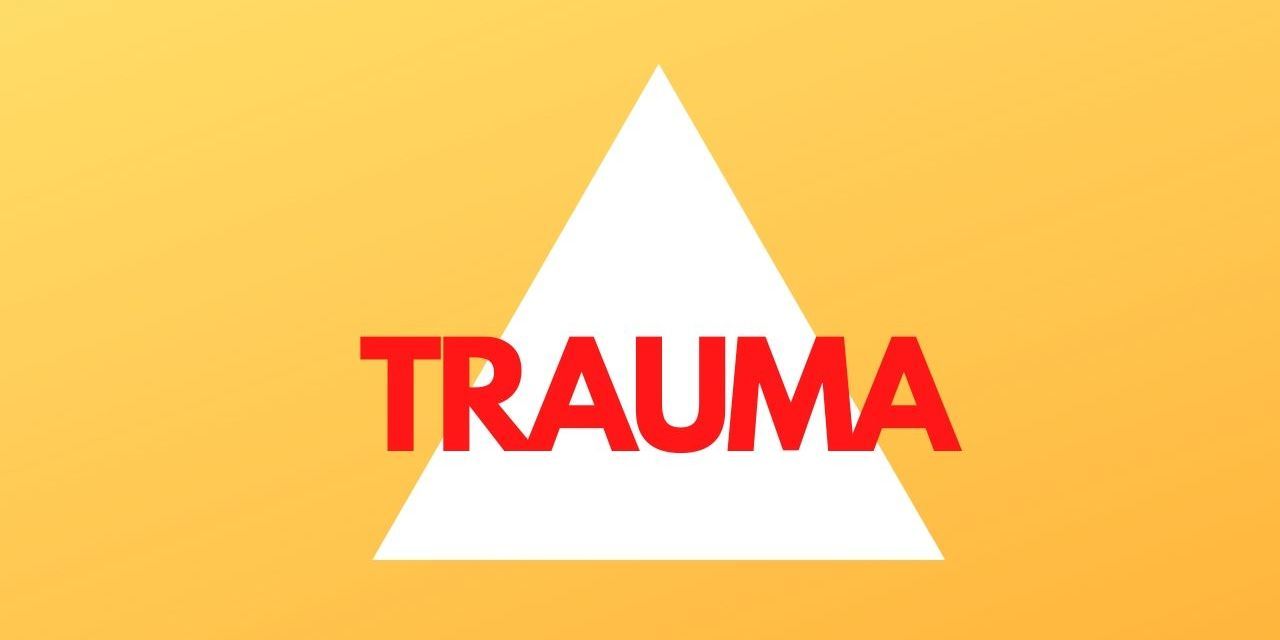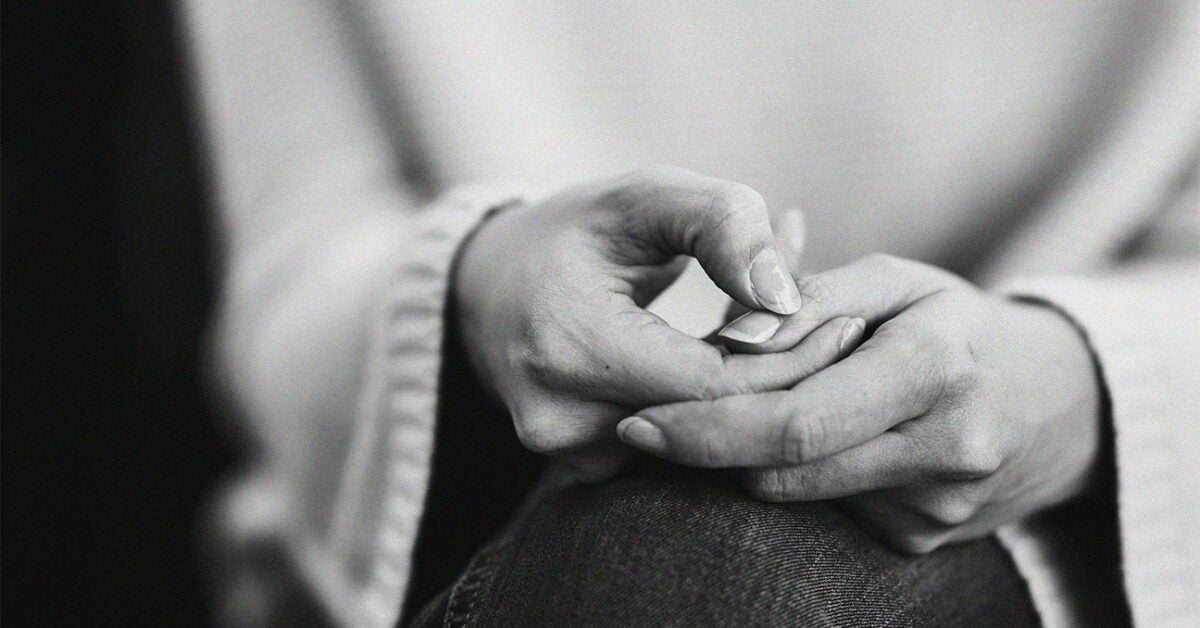

Hematoma: A hematoma is a blood clot within the brain or on its surface.

Summarized below are different types of sequelae deveoped from TBIs: TBIs can cause “mass lesions,” w an area of localized injury such as hematomas and contusions that increase pressure within the brain. Introduction to Brain Injury – Facts and Stats, February 2000. The leading causes of non-fatal TBI in the US occur from falls (35%), motor vehicle-related injuries (17%), and strikes or blows to the head from or against an object (17%), such as sports injuries.Ĭenters for Disease Control and Prevention (CDC), Traumatic Brain Injury (TBI): Incidence and Distribution, 2014.The leading causes of TBI-related deaths are due to motor vehicle crashes, suicides, and falls.Beginning at age 30, the mortality risk after head injury begins to increase. Deaths from head injuries account for 34 percent of all traumatic deaths.The mortality rate for TBI is 30 per 100,000, or an estimated 50,000 deaths in the U.S.The highest rates of TBI are observed in older adults (≥75 years 2,232 per 100,000 population), very young (0 to 4 years 1591 per 100,000), and young adults (15 to 24 years 1081 per 100,000).Sports and recreational activities contribute to about 21 percent of all TBIs among American children and adolescents.Males represent 78.8 percent of all reported TBI accidents and females represent 21.2 percent, with higher rates of TBI amongst males (959 per 100,000) than females (811 per 100,000).Each year, 80,000-90,000 people experience the onset of long-term or lifelong disabilities associated with TBI.Among children ages 14 and younger, TBI accounts for an estimated 2,529 deaths, 23,000 hospitalizations, and 837,000 emergency room visits.From 2006, there has been a 53% increase in the total number of TBI related ED visits, hospitalizations and deaths.There are about 288,000 hospitalizations for TBI every year, more than 20 times the number of hospitalizations for spinal cord injury.Estimated annual direct and indirect TBI costs are $76.5 billion.An estimated 13.5 million individuals live with a disability due to traumatic brain injury in the U.S. in 2014 with over 837,000 cases occurring amongst children. The workshops are approximately 1.5 hours long and can be delivered face-to-face or adapted for remote delivery where required.According to the CDC, approximately 2.87 million cases of TBI occurred in the U.S. There is then opportunity for facilitated group discussion and reflective exercises that encourage individuals and the wider team to consider what trauma informed practice may look like within their service and/or organisation before working together to develop a plan for trauma informed change. The videos introduce the purpose and aims of the workshop followed by a viewing of the animation.
TRAUMA MEANING HOW TO
Resources to develop your 'Trauma-Informed' practiceīelow are two animations which will help you to learn more about trauma, it’s impact and how to adapt the way you work to make a positive difference to people affected by trauma and adversity.īelow you will also find a further two guided videos on how to use each animation within your service and/or organisation to support the strengthening and development of trauma informed practice.

We are all affected by traumatic events in different ways.

Whether an event(s) is traumatic depends not only on our individual experience of the event, but also how it negatively impacts on our emotional, social, spiritual and physical wellbeing.
TRAUMA MEANING SERIES
The term trauma can refer to a wide range of traumatic, abusive or neglectful events or series of events (including Adverse Childhood Experiences (ACEs) and trauma in adulthood) that are experienced as being emotionally or physically harmful or life threatening.


 0 kommentar(er)
0 kommentar(er)
